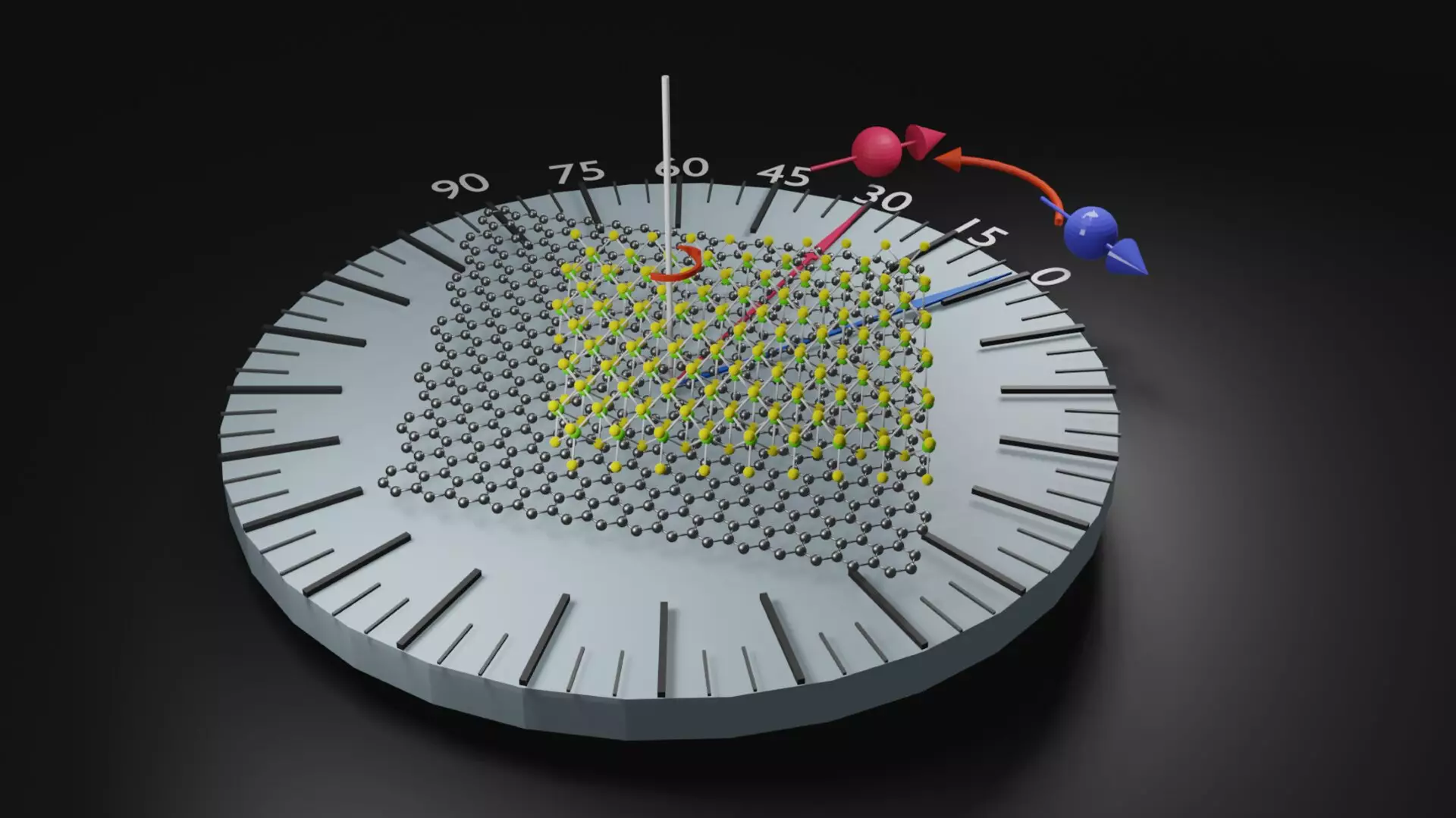Recent research conducted by the Nanodevices group at CIC nanoGUNE, in collaboration with Charles University of Prague and the CFM center in San Sebastian, has led to the development of a groundbreaking new material with transformative properties in the field of spintronics. Published in the esteemed journal Nature Materials, this discovery has the potential to revolutionize the design and efficiency of electronic devices, particularly in the integration of magnetic memories into processors.
The exploration of two-dimensional materials with unique properties has sparked a wave of interest and innovation in the scientific community. When two layers of these materials are stacked to create a heterostructure, new effects and functionalities emerge. Researchers have identified that even the slightest rotation of these layers can have a profound impact on the overall properties of the heterostructure.
Unveiling Spin Current Generation
In the study conducted by Félix Casanova, a distinguished Ikerbasque Research Professor and co-leader of the Nanodevices group at nanoGUNE, the focus was on stacking two layers of graphene and tungsten selenide (WSe2). By precisely rotating these layers at specific angles, the researchers were able to generate a spin current in a predetermined direction. This breakthrough is significant as traditional spintronics face challenges in effectively manipulating spin currents for information processing and storage.
One of the primary limitations of spintronics has been the efficient control and utilization of spin currents. However, the study led by Casanova demonstrates that by leveraging the properties of certain materials and utilizing strategic layering techniques, it is possible to overcome these obstacles. Through the simple act of stacking two layers of materials and applying a precise twist, previously unattainable spin-related properties can be achieved.
Future Implications and Applications
The implications of this research extend far beyond the confines of the laboratory. The development of materials with enhanced spin-related properties paves the way for the creation of more advanced electronic devices that are not only more efficient but also capable of storing and processing information in novel ways. The integration of spintronics into mainstream technology has the potential to reshape the landscape of electronics and drive innovation in numerous industries.
The collaborative efforts of research teams at CIC nanoGUNE, Charles University of Prague, and the CFM center in San Sebastian have yielded a game-changing advancement in the field of spintronics. By unlocking the potential of complex materials and innovative stacking techniques, the possibilities for future electronic devices are endless. This research not only sheds light on the untapped potential of spin currents but also underscores the importance of interdisciplinary collaboration in driving scientific breakthroughs.

